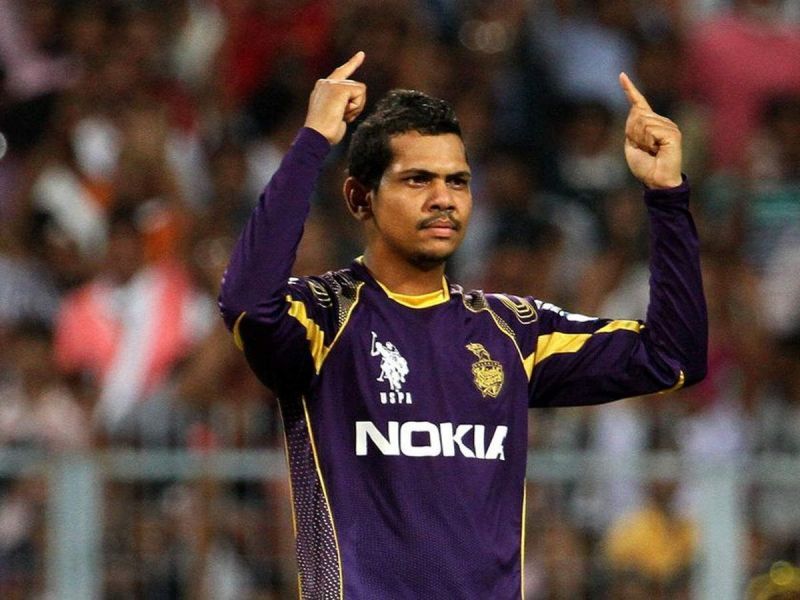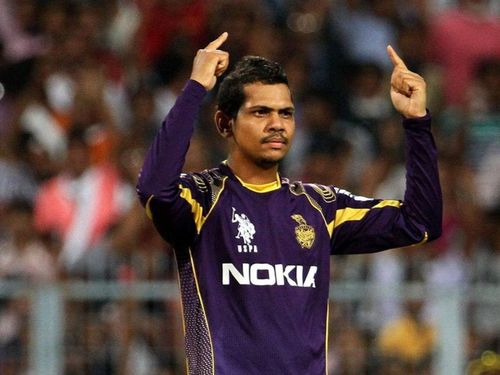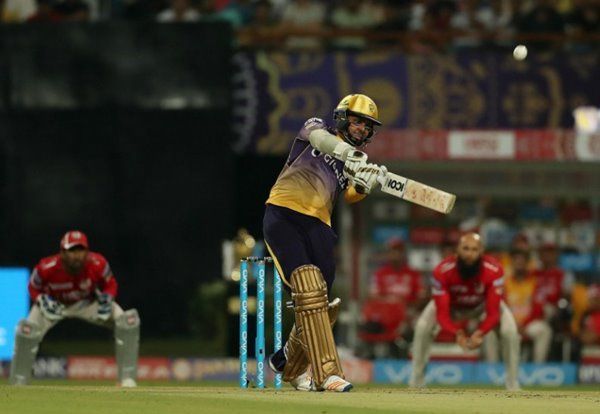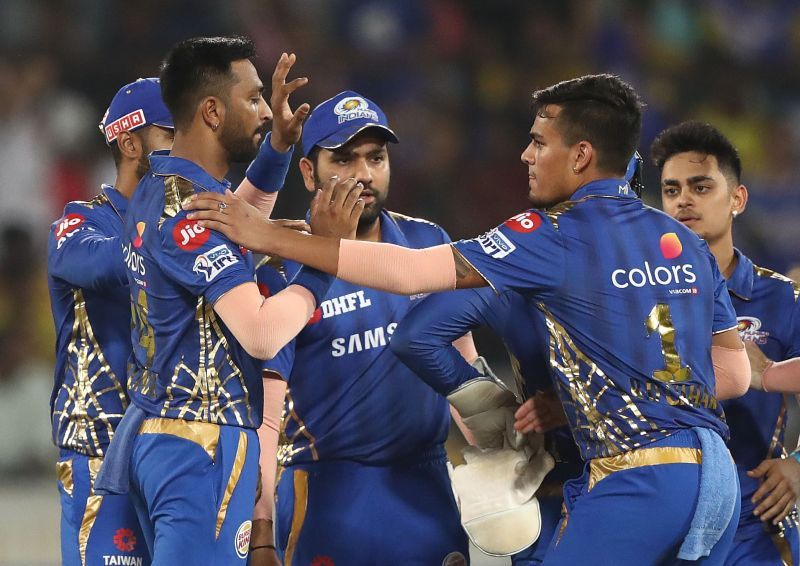
4 unconventional but successful IPL team strategies

In the IPL, all teams have the same purse amount to build their squads, ensuring considerable equality among the teams (although some RCB fans may disagree here).
This aspect makes every game in the IPL an evenly contested one, at least on paper. That makes employment of the right team strategy pivotal in outsmarting the opposition and picking up a win.
On that note, let us have a look at four unconventional team strategies in the IPL that have proved successful for franchises over the years.
Four successful but unconventional IPL team strategies:
#1: Sunil Narine promoted as an opener (KKR)

In his first few IPL seasons with the Kolkata Knight Riders, Sunil Narine was a revelation with the ball.
Thus it came as a huge surprise to many when he strode out to open the batting with Gautam Gambhir, a move that seemed to defy conventional logic as Narine was not known for his batting prowess.
However, in that game, Narine helped his team rack up an incredible 76 runs in the powerplay, as his gung-ho batting was sensational to watch.
Following his unexpected success at the top of the order, Narine became a regular at the top of the pile for the Knight Riders. That enabled the two-time IPL winners to capitalise on the fielding restrictions and get off to explosive starts, which are often critical in deciding the outcome in the shortest format of the game. Losing an early wicket at that point was a risk KKR were prepared to take as it would have allowed the frontline batsman to assume centre stage to make the most of the powerplay overs.
The strategy of promoting Narine up front has worked wonders for the black and gold IPL outfit. It is something that other teams can also possibly try depending on the personnel available at their disposal.
The success of Narine as an opener cannot help but make one wonder if the Mumbai Indians missed a trick or two by not promoting the explosive Harbhajan Singh to chance his arm.
#2: Deepak Chahar, the Powerplay specialist; Dwayne Bravo, the death-over saviour (CSK)

CSK are one of the most consistent teams in the IPL, and it's one man who's been the face of it all - MS Dhoni.
One interesting strategy deployed by the seasoned captained has been to bowl out Deepak Chahar in the first ten overs, and employing Dwayne Bravo in the latter half of the innings. That essentially made Chahar a Powerplay specialist and the Bravo a death-over saviour.
Deepak Chahar was phenomenal during the Powerplay overs in IPL 2019. Not only did he pick seven wickets in this phase of play in the tournament – the most by any bowler that season - he was also stingy when it came to giving away runs as well.
Dhoni, one of the best finishers the game has seen, transformed Dwayne Bravo into one of the best death bowlers in the IPL. The frugal Bravo is the fifth-highest wicket-taker in the IPL, with most of these wickets arriving in the death. His plethora of variations (including his deceiving slower one) have been instrumental in his success.
#3: Floating batting order (Mumbai Indians)

The Mumbai Indians (MI) have had tremendous flexibility in their team owing to their all-rounder trio of the Pandya brothers and Kieron Pollard.
Although Pollard has lost his touch with the ball in recent times, the Pandya brothers don four different roles by occupying just two slots in the MI XI. Krunal Pandya and Pollard both have the ability not only to anchor the innings, but also go berserk when required.
Krunal Pandya has batted at all positions from three to eight. Hardik Pandya is more renowned for going big at the death, although the most successful IPL team has been giving the younger Pandya the opportunity to go out early and pace himself for longer innings.
Thus the presence of the trio allows the Mumbai Indians to shape their batting order according to a match situation.
A T20 game changes dramatically with ever boundary or wicket. Having flexibility in their batting order allows the four-time IPL champions adapt to any situation while keeping the opposition guessing.
#4: Horses for courses (KKR)

The Kolkata Knight Riders under the successful captaincy of Gautam Gambhir adopted the 'horses for courses' approach with considerable success.
All IPL teams have over 20 players available for selection. With varying playing conditions across stadiums, it makes sense to pick players based on the same. Despite the T20 format being the most conducive to experiment, not many IPL teams seem to have the urge to employ flexible plans.
Gambhir and KKR have adopted the 'horses for courses' strategy time and again. One notable example in this regard was the fielding of three frontline spinners against the Gujarat Lions in 2017 on a flat track tailor-made for hard hitters. The strategy worked as the spinners took crucial wickets to keep the Lions in check.
With all IPLteams playing half of their league matches at home, a viable strategy for success is to have a consistent playing eleven for home games and a few aggressive changes to cater to the conditions in away games.
However, teams have been pretty coy about adopting this approach. Most IPL teams tend to stick with their winning starting XI even if pitch conditions would warrant otherwise.